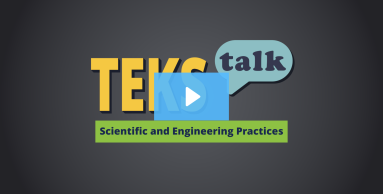
Knowledge and Skills Statement
The further explanation is designed to be a resource for educators that helps them better understand the topic their students are learning. Further explanations may be written at a more complex level than would be expected for students at the grade level.
In an engineering design challenge, examples of a cost-benefit analysis may include but are not limited to material costs, building and implementation, time investment or duration, environmental and societal impacts, safety considerations, and projected durability or longevity of the design solution.
Research
Kruse, Jerrid, and Sarah Borzo. 2010. “People Behind the Science.” Science and Children 48, no. 4 (December 2010): 51–55. http://www.jstor.org/stable/43175414
Summary: Students are more likely to be engaged and connected to the science curriculum when discussing historical stories of famous scientists and scientific discoveries. This article explains that students should be introduced to historical science figures and innovations using videos and short stories and encouraged to participate in more hands-on activities and discussions. It's important to discuss different types of scientists, how they work, and how they may work together to solve problems or make discoveries.
